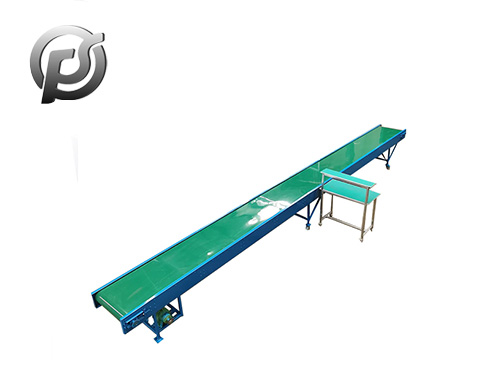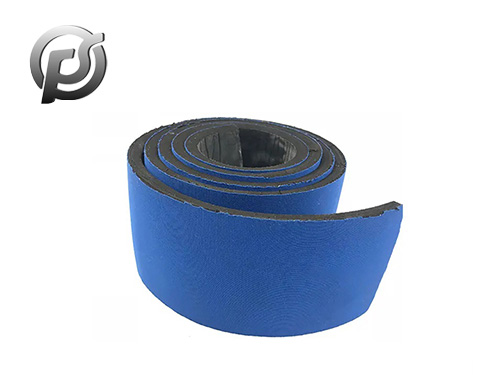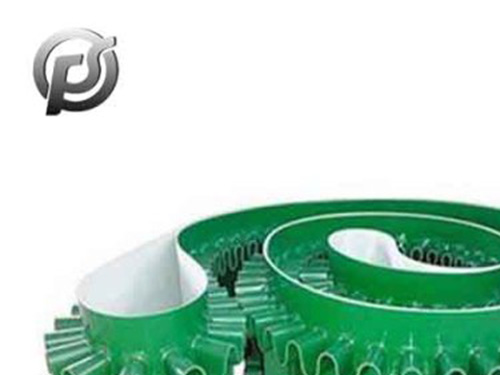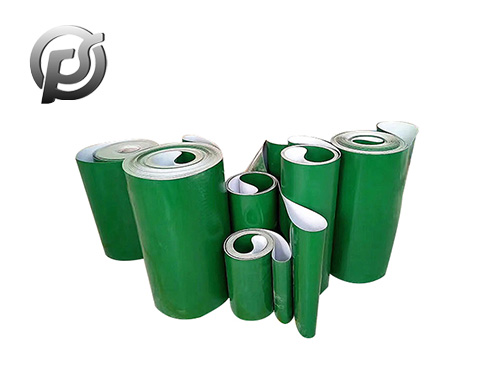PE conveyor belts, constructed from polyethylene materials, have emerged as indispensable components in the material handling and industrial conveyor systems. This article explores the characteristics, applications, and distinct advantages of PE conveyor belts, shedding light on their pivotal role in enhancing efficiency across a spectrum of industries.
Material Composition and Properties:
PE conveyor belts are crafted from polyethylene, a versatile polymer known for its durability, flexibility, and resistance to abrasion. The material's inherent properties make it an excellent choice for conveyor belts, offering a balance between strength and pliability.
Versatility in Applications:
PE conveyor belts find wide-ranging applications across diverse industries due to their versatility. From manufacturing and packaging to food processing and logistics, these belts facilitate the seamless movement of goods and materials. The adaptability of PE conveyor belts to various operational environments enhances their utility in different industrial settings.
Hygiene and Cleanliness:
In industries such as food processing and pharmaceuticals, hygiene is paramount. PE conveyor belts are preferred in these applications due to their non-porous and easy-to-clean surfaces. The smooth texture of the belts minimizes the risk of contaminants adhering to them, contributing to a sanitary and compliant working environment.
Chemical Resistance:
PE conveyor belts exhibit resistance to a wide range of chemicals, making them suitable for applications where exposure to various substances is inevitable. This resistance ensures the longevity of the belts even in industries where corrosive or reactive materials are handled.
Low Friction and Energy Efficiency:
The low coefficient of friction of PE conveyor belts reduces resistance during movement, leading to energy-efficient operations. This characteristic is particularly advantageous in conveyor systems where minimizing energy consumption is a priority. The reduced friction also contributes to less wear and tear, prolonging the lifespan of the belts.
Durability and Longevity:
Polyethylene's robust nature imparts durability to PE conveyor belts, allowing them to withstand the rigors of continuous operation. Whether conveying heavy loads or navigating through complex conveyor systems, these belts offer long-lasting performance, reducing the need for frequent replacements and maintenance.
Noise Reduction:
The flexibility and composition of PE conveyor belts contribute to noise reduction in material handling processes. Compared to traditional conveyor belts, PE belts generate less noise during operation, creating a quieter and more conducive working environment.
Customization and Modularity:
PE conveyor belts are available in various configurations, allowing for customization to meet specific application requirements. The modularity of these belts facilitates easy installation, repairs, and modifications, providing flexibility in adapting conveyor systems to evolving operational needs.
Cost-Effective Solutions:
The combination of durability, low maintenance requirements, and energy efficiency makes PE conveyor belts a cost-effective solution for industries with high-volume material handling demands. The initial investment in these belts is often outweighed by the long-term savings achieved through reduced operational costs.
Conclusion:
PE conveyor belts stand at the forefront of innovation in material handling, offering a blend of versatility, durability, and efficiency. From ensuring hygiene in food processing to providing cost-effective solutions in manufacturing, the advantages of PE conveyor belts extend across a myriad of industries. As technology continues to advance, the role of these belts in optimizing material handling processes and contributing to sustainable and efficient industrial practices is set to expand further.


 PE Conveyor Belts: Characteristics, Applications, and Advantages
PE Conveyor Belts: Characteristics, Applications, and Advantages
 Stone Conveyor Belt: Enhancing Efficiency and Productivity in Material Handling
Stone Conveyor Belt: Enhancing Efficiency and Productivity in Material Handling
 Optimizing Operations with PE Conveyor Belts: Durability, Efficiency, and Versatility
Optimizing Operations with PE Conveyor Belts: Durability, Efficiency, and Versatility